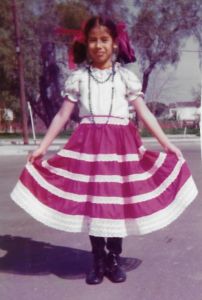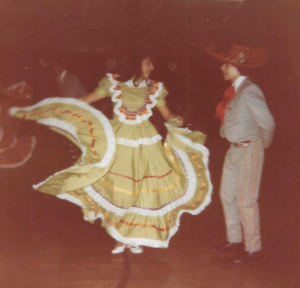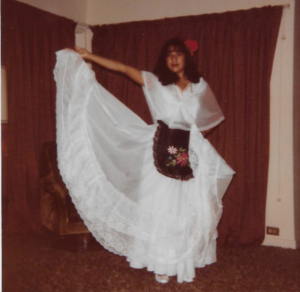Cinco de mayo is not Mexico’s independence day (that’s 16 September). Cinco de mayo is the day on which the Mexican army successfully defended the city of Puebla from French forces in 1862. The odds were hugely in favor of the French, so the Mexican victory was an incredible military achievement and the event is recognized to this day. But it’s mainly recognized by the current inhabitants of Puebla, not the entire country of Mexico. And the Puebla residents who celebrate it do so with military reenactments, not parties.
Cinco de mayo became recognized in the U.S. as a holiday in 1933 when President Franklin Roosevelt made it part of his Good Neighbor Policy. He wanted to improve relations with countries in Central America and South America. I don’t know why he thought one way to do that was to teach Americans about this particular historical event. If he wanted to bring a Mexican holiday to the U.S, it seems like it should have been Mexican Independence Day (on 16 Sept). Oh, well.
Cinco de mayo didn’t reach the broader American consciousness until the 1980s. That’s when American companies saw a marketing opportunity and began building up cinco de mayo as a reason to consume large quantities of tequila, beer and wine. If we can call Valentine’s Day a Hallmark holiday, we can call our non-Mexican version of cinco de mayo a liquor company holiday.
People who “celebrate” cinco de mayo with tacos, lots of drinking, and a (racist) fake mustache, aren’t sharing traditional Mexican culture. They’re participating in a U.S-appropriated day that was commercialized about 40 years ago.
That said, many Mexican Americans have our own cinco de mayo events. These often include food, music, and performances that celebrate Mexican culture. No fake mustaches.

When we were growing up, my sister and I were in a folklórico group. Please enjoy some blurry photos from those times, over 40 years ago.
If you’d like to honor Mexican culture in a real way, here are some ideas.
- Educate yourself about what holidays are important to Mexicans and Mexican Americans.
- Go to celebrations hosted by a Mexican American community near you. Be a guest at their cinco de mayo event (and rejoin them for Mexican Independence Day on 16 September).
- Visit museums such as Chicago’s National Museum of Mexican Art. Take your time and read all the notes next to the exhibits.
- Consume media created by Mexicans and Mexican Americans: movies, books, videos, blogs, websites, articles, Twitter and Instagram feeds, etc. Look at topics that intrigue you from someone else’s perspective.
- Invite friends over to watch a Mexican-directed movie that stars Mexican actors (the 2021 movie The Forever Purge actually counts).

There are many ways to include Mexican American culture in your life without offending people.
If you can’t talk your cinco-de-mayo-drinking friends into exploring real culture with you, at least ask them not to call their drinking party “cinco de mayo.” And if you do any of the above, thanks.


I would love it if Americans knew this is a largely liquor-company-created holiday, making it kinda dumb to say, “Happy cinco de mayo.” At least for ME, if someone wishes ME “Happy cinco de mayo,” it sounds like either “Happy commercialized alcohol day” or the equivalent of “Happy Re-enactment of the Battle of Gettysburg” or at best, “Happy day when Americans pay lip service to multiculturalism.”
I had some very good times performing with the Ballet Folkorico Mexica back in the day.
Ladies and gentlemen: my sister, Judy Rodriguez!